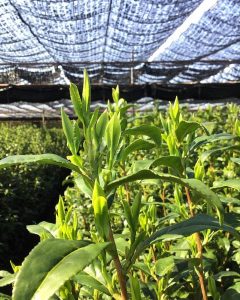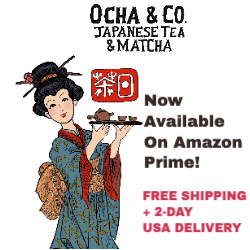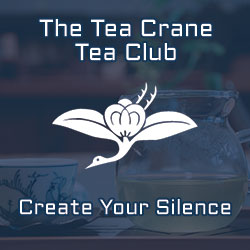
Kabusecha means “shaded tea”.
This shading process is also employed for teas like gyokuro and matcha.
Traditionally, sencha isn’t shaded.
Note that after harvesting, sencha, kabusecha and gyokuro are processed in the same way to obtain the final product.
Nowadays it’s hard to tell the difference
Because a lot of sencha is actually shaded!
Since shading increases umami taste and also results in a deeper green color, consumers have begun to prefer shaded teas even if they don’t know that it is shaded.
So every kabusecha can be a sencha, but an unshaded sencha can’t be considered to be a kabusecha.
My guess is that since sencha is known much more than kabusecha inside and outside Japan, companies prefer to call it sencha for better sales.
Likewise, if the shading process is longer than normal then it can be a gyokuro.
But even then there isn’t a strict definition.
Even a tea that has been shaded for a long time can still be called kabusecha instead of gyokuro.
I remember hearing about this at a World Tea Expo may years ago.
A Japanese tea supplier from Mie prefecture told me that although they sold tea that was technically gyokuro, the prefecture was famous for kabusecha so they decided to call it like that.
In conclusion, there’s a good chance that the sencha you’re drinking is shaded unless it says somewhere that it isn’t.






May 3, 2023
Love to learn more about teas! Very interesting site and thanks 🙏
May 3, 2023
Thank you for reading Roger.
It’s fun to learn about the world of tea.